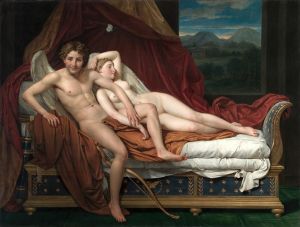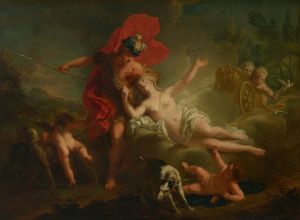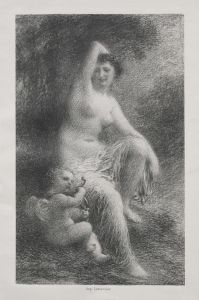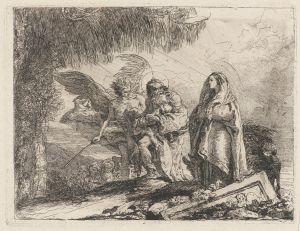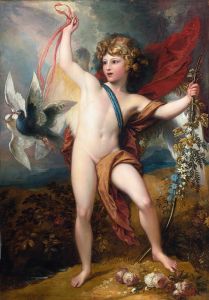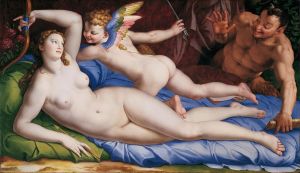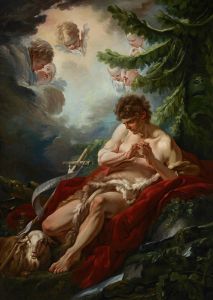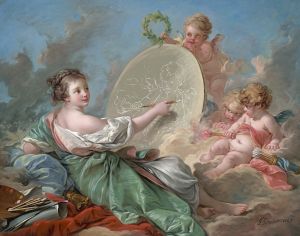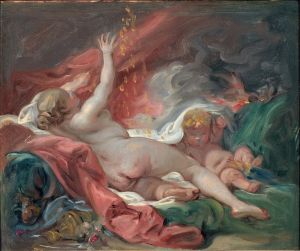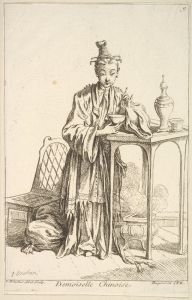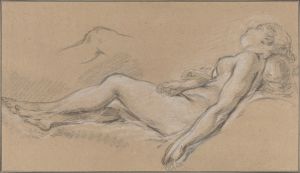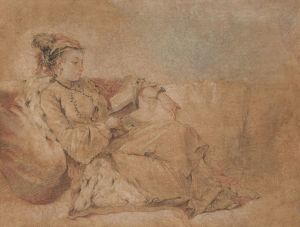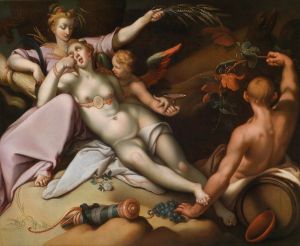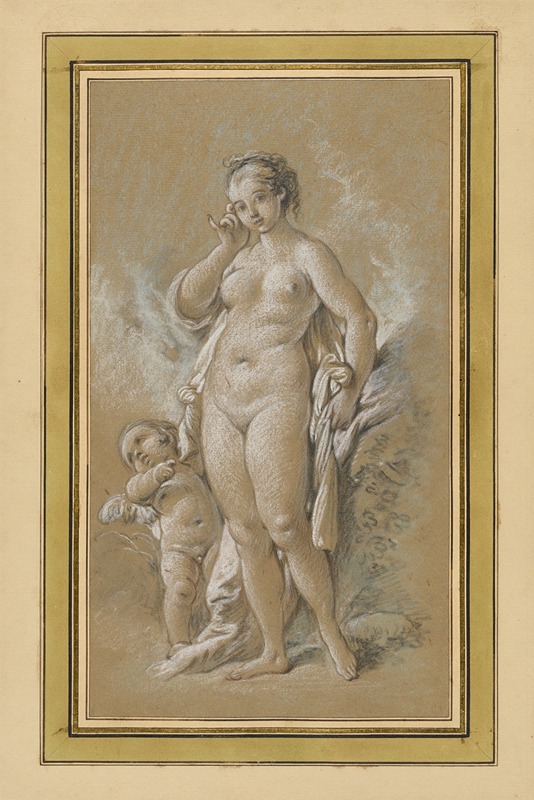
Venus and Cupid
A hand-painted replica of François Boucher’s masterpiece Venus and Cupid, meticulously crafted by professional artists to capture the true essence of the original. Each piece is created with museum-quality canvas and rare mineral pigments, carefully painted by experienced artists with delicate brushstrokes and rich, layered colors to perfectly recreate the texture of the original artwork. Unlike machine-printed reproductions, this hand-painted version brings the painting to life, infused with the artist’s emotions and skill in every stroke. Whether for personal collection or home decoration, it instantly elevates the artistic atmosphere of any space.
François Boucher was a prominent French painter of the Rococo style, known for his idyllic and voluptuous depictions of classical themes, decorative allegories, and pastoral scenes. One of his notable works is "Venus and Cupid," which exemplifies his mastery in portraying mythological subjects with a sense of playful elegance and sensuality.
"Venus and Cupid" is a painting that captures the Roman goddess of love, Venus, alongside her son, Cupid, the god of desire. Boucher's depiction of these mythological figures is characterized by a soft, delicate palette and a composition that emphasizes grace and movement. The painting reflects the Rococo style's emphasis on lightness, ornamentation, and the playful aspects of mythology.
In the artwork, Venus is often portrayed as a youthful and beautiful figure, embodying the idealized feminine beauty of the time. She is typically shown reclining or seated in a relaxed pose, surrounded by lush, flowing drapery that enhances her sensuality. Cupid, her mischievous son, is depicted as a cherubic child with wings, often holding a bow and arrow, symbolizing his role in inspiring love and desire.
Boucher's "Venus and Cupid" is notable for its attention to detail and the artist's ability to convey texture and softness through his brushwork. The figures are often set against a backdrop of idyllic landscapes or opulent interiors, which serve to enhance the romantic and dreamlike quality of the scene. The use of light and shadow in the painting adds depth and dimension, highlighting the contours of the figures and the luxuriousness of their surroundings.
The painting is a reflection of the 18th-century French aristocracy's taste for art that celebrated beauty, love, and leisure. Boucher's work was highly favored by patrons such as Madame de Pompadour, the chief mistress of King Louis XV, who was a significant supporter of the arts and an admirer of Boucher's work. His paintings, including "Venus and Cupid," were often used to decorate the private spaces of the elite, serving as both a testament to their refined taste and a means of indulging in the pleasures of art.
Boucher's influence on the Rococo movement and his ability to capture the essence of mythological themes in a manner that was both elegant and accessible made him one of the most celebrated artists of his time. "Venus and Cupid" remains an exemplary piece of his oeuvre, showcasing his skill in blending classical themes with the decorative and lighthearted spirit of the Rococo.
While specific details about the provenance or current location of "Venus and Cupid" may vary, Boucher's works continue to be studied and appreciated for their contribution to the development of 18th-century European art. His paintings are housed in numerous prestigious collections and museums worldwide, where they continue to captivate audiences with their charm and technical brilliance.





